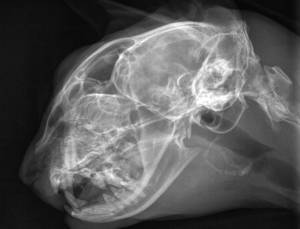When it comes to maintaining the health of our beloved felines, knowledge is key. One crucial aspect to keep an eye on as a responsible pet owner is the correct administration of medication when required. This post delves into the usage, dosage, and key considerations for amoxicillin administration in cats, including potential side effects and alternatives.
Amoxicillin Usage in Cats
Amoxicillin is primarily used to treat bacterial infections in cats. As a penicillin-type antibiotic, it inhibits bacteria’s ability to form cell walls, causing them to burst and die off. It’s effective against a range of bacteria and is commonly prescribed for skin infections, respiratory infections, and urinary tract infections, amongst others.
Amoxicillin Dosage for Cats
The dosage for amoxicillin is generally based on the weight and age of the feline subject. Before administering any medication, consulting with a veterinarian is a must.

The table below provides an approximate guideline for amoxicillin dosage:
| Cat’s Weight | Dosage |
|---|---|
| Up to 5 lbs | 50 mg every 12 to 24 hours |
| 5-10 lbs | 100 mg every 12 to 24 hours |
| Over 10 lbs | 150 mg every 12 to 24 hours |
How to Administer Amoxicillin to Cats
Amoxicillin can be offered in several ways. Most commonly, it’s given orally either as a tablet or liquid suspension. Given the finicky eating behaviors of cats, disguising the drug in food can be an effective method. Alternatively, some vets may provide an injectable version of the drug.
Potential Side Effects
Like every medication, amoxicillin can have side effects. While relatively safe, some cats might experience:
- Nausea or vomiting
- Diarrhea
- Yeast or fungal infections
- Allergic reactions (rare but serious)
If your cat displays any concerning symptoms after taking amoxicillin, contact your vet immediately.
Common Alternatives to Amoxicillin
If your cat cannot handle or if amoxicillin is not effective against the bacteria causing the infection, there are various options available as substitutes. A few commonly used alternatives are:
- Clavamox: A combination of amoxicillin and clavulanate, often used when amoxicillin alone is not fully effective.
- Cephalexin: Another type of antibiotic that works against both gram-negative and gram-positive bacteria.
- Doxycycline: A tetracycline antibiotic that can combat a wide range of bacterial infections.
Remember to always seek advice from your veterinarian before changing medications. They are knowledgeable about your cat’s individual requirements and can offer the most suitable guidance.
It is important to keep in mind that amoxicillin should only be utilized for bacterial infections and should not be taken lightly. Using antibiotics excessively or incorrectly can result in antibiotic resistance, which can make it harder to treat future bacterial infections.
Conclusion
While amoxicillin can be a great ally in combating bacterial infections in cats, careful use, under professional advisement, is key for the health and wellbeing of your feline friend.






